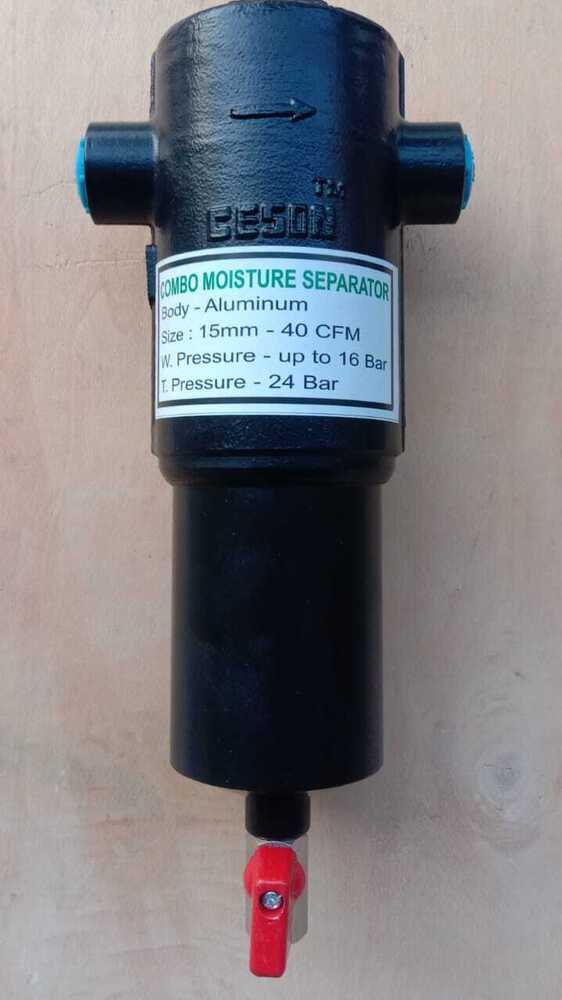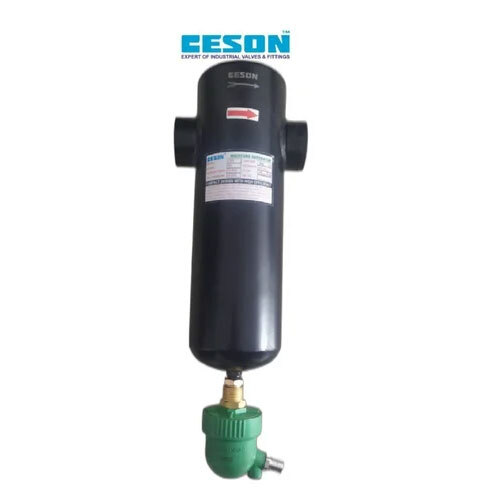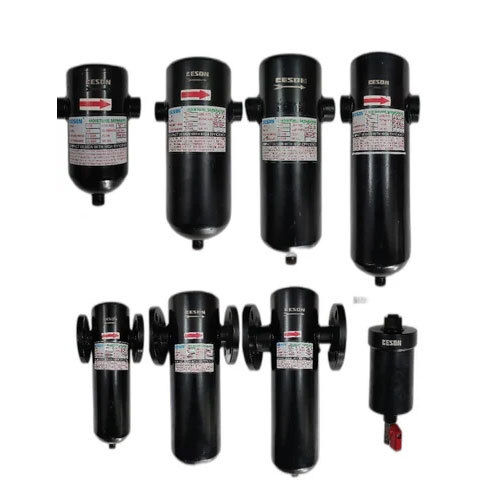- Home Page
- Company Profile
-
Our Products
- Moisture Separator
- Lip Drain Bowl Moisture Separator
- Compressor Moisture Separator
- Combo Moisture Separator
- Threaded Moisture Separator
- Flanged Moisture Separator
- Compressed Air Moisture Separator
- Combo Moisture Separator
- Air Moisture Separator
- Moisture Separator Flanged
- Air Moisture Separators
- Ss Moisture Separator
- Aluminum Moisture Separator
- Combo Moisture Separators
- Moisture Separator Filter
- Combo Moisture Separator
- Camlock Coupling
- B Type Camlock Coupling
- E Type Camlock Coupling
- C Type Camlock Coupling 1/2"
- DC Type Camlock Coupling
- F Type Camlock Coupling
- Type C Camlock Coupling
- Ss304 Stainless Steel Camlock Coupling
- SS 304 CAMLOCK COUPLING
- Stainless Steel Camlock Coupling
- SS Cam Lock Fitting
- DP Type Camlock Coupling
- Petro Equipment Aluminum Camlock Coupling
- TYPE A Camlock Coupling
- D Type Camlock Coupling
- Stainless Steel 304 Camlock Coupling
- Hydraulic Quick Release Coupling
- SS Camlock Couplings
- Stainless Steel 304 Camlock Coupling
- 80MM Aluminium Camlock Coupling
- CAMLOCK COUPLING
- Stainless Steel Type C Camlock Coupling Size 2 inch For Hydraulic Pipe
- Knife Edge Gate Valve
- Knife Edge Gate Valve With Pneumatic Operated
- Industrial Knife Edge Gate Valve
- Knife Edge Gate Valve With SS Cladding
- Manual Operated Knife Edge Gate Valve
- Knife Edge Valve For Chain Operated
- IC Knife Edge Gate Valve
- Knife Edge Gate Valve
- Bi Directional Knife Edge Gate Valve
- Pneumatic Cylinder Knife Edge Gate Valve
- Cylinder Operated Knife Edge Gate Valve
- Ss Knife Edge Gate Valve
- Pulp Valve
- Auto Drain Valve
- Steel Auto Drain Valve
- Brass Auto Drain Valve
- DIGITAL Auto Drain Valve
- Auto Drain Valve Manufacturer Gujarat
- Digital Auto Drain Valve
- HIGH PRESSURE Auto Drain Valves Manufacturer In Gandhinagar
- Mechanical Auto Drain Valve
- Auto Drain Valves Manufacturer In Bharatpur
- Auto Drain Valve With Timer
- Auto Drain Valves Manufacturer In Ahmedabad
- Auto Drain Valves
- Auto Drain Valves Manufacturer In Jaipur
- Roto Seal Coupling
- Quick Release Coupling
- High Pressure Quick Release Couplings
- SS Hydraulic Quick Release Coupling
- HIGH PRESSURE QUICK RELEASE COUPLING 1000 BAR
- Hydraulic Quick Release Coupling
- Hydraulic Quick Release Coupling
- Industrial Quick Release Coupling
- High Presure Quick Release Coupling
- Quick Release Coupling
- 6000 Psi Quick Release Coupling
- Aluminium Camlock Coupling Type C
- Aluminium Camlock Couplings Manufacturers
- Aluminum Camlock Couplings - Water & Fuels
- Brass Quick Release Coupling For Heating Furnace
- Brass Quick Release Coupling
- Camlock Coupling Manufacturers In Mumbai KOLKATA
- Camlock Couplings Manufacturer In Amrawati
- Camlock Couplings Manufacturer In Bhilwara
- Camlock Couplings Manufacturer In Bikaner
- Camlock Couplings Manufacturer In Gandhinagar
- Camlock Couplings Manufacturer In Jaipur
- Camlock Couplings Manufacturer In Jodhpur
- Camlock Couplings Manufacturer In Mehsana
- Camlock Couplings Manufacturer In Porbandar
- Camlock Couplings Manufacturer In Surat
- Camlock Couplings Manufacturer In Thane
- Camlock Couplings Manufacturer In Udaipur
- Camlock Couplings Manufacturer In Vapi
- Camlock Fitting Manufacturer
- Carbon Steel Male Quick Release Couplings, For Hydraulic Pipe, For Structure Pipe
- HIGH PRESSURE QUICK RELEASE COUPLING 1000 BAR
- High Pressure Quick Release Couplings
- High Presure Quick Release Coupling
- Hydraulic Quick Release Coupling (2)
- Hydraulic Quick Release Coupling
- Industrial Camlock COUPLING
- Mold Quick Release Coupling, For Structure Pipe,
- Pneumatic HYDRAULIC Quick Release Coupler
- Pneumatic Quick Release Coupler
- Quick Release Connector
- Quick Release Coupling For Water
- Quick Release Coupling Manufacturer In Rajkot
- Quick Release Coupling Qrc Coupling
- Quick Release Coupling
- Roto Seal Coupling Manufacturer Gujarat
- Roto Seal Coupling Manufacturer In Ahmedabad
- Roto Seal Coupling Manufacturer In Delhi
- Roto Seal Coupling Manufacturer In Surat
- Single Check Quick Release Coupling Manufacturers
- Single Check Valve Quick Release Coupling
- SS Camlock Coupling
- SS Hydraulic Quick Release Coupling
- Stainless Steel Qrc
- Stainless Steel Silver Aluminum Camlock Coupling For Petrol Tank, Size 3 inch
- Stainless Steel Through Out Qrc , Male x Male, For Industrial, Size 14
- Gauge Cock
- Brass Ball Valve
- Needle Valve
- Air Compressor Filter
- Industrial Valve
- Oil Removal Filter
- SS Needle Valve
- Knife Edge Gate Valve With Double Acting Cylinder
- Knife Gate Valves
- Air Moisture Separator
- Auto Drain Valve
- SS Camlock Coupling
- Aluminum Butterfly Valve
- Pneumatic Actuator Ball Valve
- CI Wafer Type Check Valve
- Cast Iron Pulp Valve
- Motorized auto drain valve Automatic Control Valves
- Moisture Separator With Auto Drain Valve
- Ball Valve
- Brass RO Ball Mini Valves
- Brass Ball Valve
- Brass Mini Ball Valves
- SS Single Piece Ball Valve
- Brass Mini Ball Valve MALE TO MALE
- Chrome Plated Mini Ball Valve
- Butterfly Handle Brass Ball Valve
- IC Ball Valve
- High Pressure Industrial Ball Valves
- Flush Bottom Ball Valve
- Ball Valve With Pneumatic Actuator
- Medium Duty Brass Ball Valve (1/2 Inch)
- Stainless Steel SS Bar Stock Ball Valve, Flange, Thread
- Aluminum Butterfly Valve Lug Type (150 mm)
- Brass Gas And Ball Valve
- Air Compressor Auto Drain Valve
- Hydraulic Quick Coupler
- Aluminum Roto Seal Coupling
- Air Pre Filter
- SS Siphon Pipe
- Bimetallic Temperature Gauge
- Water And Oil Filter
- Cam Lock Coupling
- 80 Mm Dia Aluminium Camlock Coupling
- Aluminium Camlock Coupling
- Aluminum Camlock Coupling For Petrol Tank
- Camlock Couplings Manufacturer In Ahmedabad
- Camlock Couplings Manufacturer In Aurangabad
- Camlock Couplings Manufacturer In Bharatpur
- Camlock Couplings Manufacturer In Bhavnagar
- Camlock Couplings Manufacturer In Kolhapur
- Camlock Couplings Manufacturer In Kota
- Camlock Couplings Manufacturer In Mumbai
- Camlock Couplings Manufacturer In Nadiad
- Camlock Couplings Manufacturer In Nagpur
- Camlock Couplings Manufacturer In Palanpur
- Camlock Couplings Manufacturer In Pune
- Camlock Couplings Manufacturer In Vadodara
- Hydraulic CAMLOCK COUPLING
- Petro Equipment Aluminum Camlock Coupling
- Quick Release Coupling Manufacturer In Surat
- Quick Release Coupling Manufacturer In Vadodara
- Quick Release Coupling Single Check
- SS 304 SINGLE CHECK QUICK RELEASE COUPLING
- SS Camlock Couplings
- Ss304 Stainless Steel Camlock Coupling
- SS316 Camlock Coupling
- Stainless Steel 304 Camlock Coupling (2)
- Stainless Steel 304 Camlock Coupling
- Stainless Steel Camlock Coupling
- Stainless Steel Quick Coupling Manufacturers In Mumbai
- Stainless Steel Silver Aluminum Camlock Coupling For Petrol Tank,
- Type C Camlock Coupling
- Type D - Stainless Steel Camlock
- Moisture Separator
- Contact Us






Combo Moisture Separator
1310 INR/Piece
Product Details:
- Usage Industrial
- Condition New
- Size Customized
- Material Mild steel, Stainless steel, Aluminium
- Product Type Die Cast Moisture Separator
- Color BLACK
- Working Presssure 16kg
- Click to View more
X
Combo Moisture Separator Price And Quantity
- 10 Number
- 1310 INR/Piece
Combo Moisture Separator Product Specifications
- Industrial
- 12 month
- Die Cast Moisture Separator
- Customized
- Mild steel, Stainless steel, Aluminium
- 16kg
- New
- BLACK
Combo Moisture Separator Trade Information
- 10 Number Per Day
- 10-12 Days
- All India
Product Description
air moisture separator, also known as an air-water separator or moisture separator, is a device used to remove moisture or water droplets from compressed air or gas streams. It is commonly used in various industrial applications, such as compressed air systems, pneumatic tools, gas pipelines, and steam systems. The main components of an air moisture separator typically include: Inlet: This is the opening through which the moist air or gas enters the separator. Baffle or Vane System: The baffle or vane system is designed to change the direction of the airflow, causing the moisture droplets to separate from the air. The design may involve baffles, vanes, or other mechanisms that induce changes in the airflow pattern. Moisture Collection Chamber: This chamber is where the separated moisture collects. It is designed to allow the moisture droplets to settle down due to gravity, making it easier to drain or remove the accumulated water. Drain Valve: The moisture separator includes a drain valve to remove the collected water periodically. This valve can be manual or automatic, depending on the design and application. Outlet: The treated air or gas exits the moisture separator through the outlet, which is typically located above the moisture collection chamber to prevent any residual moisture from being carried over. Housing: The entire assembly is enclosed within a housing, which provides structural support and may incorporate additional features such as filters or pressure gauges. It's worth noting that the specific design and features of an air moisture separator can vary depending on the application, flow rate, operating pressure, and the level of moisture removal required. Different industries and processes may have specific requirements, so moisture separators come in various sizes and configurations to accommodate these needs. Free Research Preview. ChatGPT may produce inaccurate information aboutEfficient Moisture Removal
Designed specifically for industrial environments, the Combo Moisture Separator efficiently eliminates moisture to protect equipment and improve process reliability. Its robust construction in mild steel, stainless steel, or aluminium, paired with a modern black coating, offers longevity under high working pressure.
Customizable and Versatile Design
We offer tailor-made sizes for the Combo Moisture Separator to seamlessly integrate with new or existing industrial setups. Suitable for a variety of sectors and usage requirements, our solution is available for manufacturers, service providers, and other industry partners across India.
FAQ's of Combo Moisture Separator:
Q: How does the Combo Moisture Separator function in industrial applications?
A: The separator removes moisture from compressed air or gas systems using a combination of mechanical and filtration processes, ensuring dry output and protecting sensitive equipment from corrosion or damage.Q: What materials and sizes is the Combo Moisture Separator available in?
A: It is available in mild steel, stainless steel, and aluminium. Sizes are fully customizable to meet your specific operational requirements.Q: When should you install a moisture separator in your industrial system?
A: A moisture separator should be installed whenever your operation involves compressed air or gases, particularly where moisture can lead to equipment failure, process contamination, or reduced efficiency.Q: Where can this product be sourced and delivered in India?
A: The Combo Moisture Separator can be procured directly from our manufacturing or distribution channels and is supplied across all regions in India.Q: What is the warranty period and what does it cover?
A: The separator comes with a 12-month warranty covering manufacturing defects and issues related to material or workmanship under normal operating conditions.Q: What is the typical process for installing the Combo Moisture Separator?
A: Installation involves integrating the separator into your existing compressed air or gas line, typically at points most vulnerable to condensation, ensuring optimal performance.Q: What are the primary benefits of using this moisture separator?
A: Benefits include extended equipment life, reduced maintenance costs, improved process quality, and consistent operation by effectively removing moisture from your system.Tell us about your requirement

Price:
Quantity
Select Unit
- 50
- 100
- 200
- 250
- 500
- 1000+
Additional detail
Mobile number
Email













